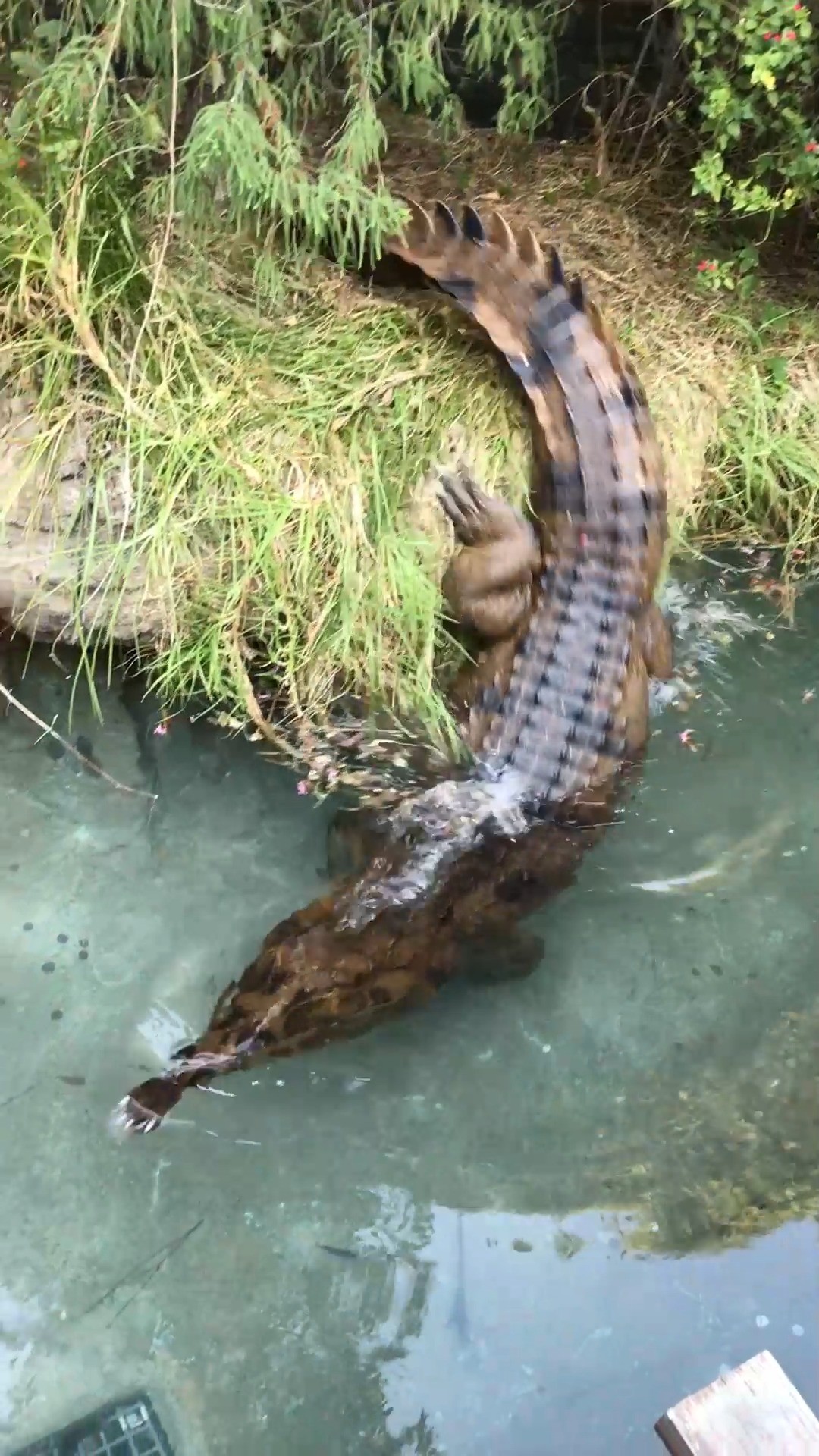- Introduction to Tomistoma
- Physical Characteristics and Lifespan
- Natural Habitat and Environmental Threats
- Conservation Efforts and Legal Protection
- Role of Consumer Choices in Conservation
The L.A. Zoo is home to two extraordinary tomistomas, a male and a female. These giant crocodilians, often referred to as the false gharial, captivate visitors with their impressive size and striking appearance. They can grow over 16 feet long, have up to 84 teeth in their slender snout, and live up to 80 years. These characteristics already paint a fascinating picture, but there’s much more to understand about these remarkable reptiles.
The tomistoma (Tomistoma schlegelii) is a freshwater crocodilian species native to the peat swamp forests of Indonesia and Malaysia. This unique forest environment is rapidly disappearing due to human activities, posing a significant threat to the tomistoma’s survival. Despite being protected under the Endangered Species Act, the tomistoma’s future remains uncertain without continuous conservation efforts and habitat protection.
The physical characteristics of the tomistoma are both impressive and distinctive. With a long, thin snout filled with up to 84 sharp teeth, these crocodilians are adept hunters. Their snout shape differentiates them from other crocodilian species, helping them catch fish, their primary diet. When fully grown, they can reach lengths exceeding 16 feet, making them one of the largest among their peers. They grow gradually, reaching maturity around 20 years old and potentially living up to 80 years.
Tomistomas inhabit the peat swamp forests, a unique ecosystem found primarily in Indonesia and Malaysia. These forests are characterized by waterlogged, acidic soils rich in organic material. The peat swamps are not only vital for tomistomas but also support a diverse range of wildlife. Unfortunately, these habitats are increasingly threatened by deforestation, illegal logging, and agricultural expansion, particularly palm oil plantations.
Conservation efforts are crucial for the survival of the tomistoma. They are listed as vulnerable on the IUCN Red List and enjoy legal protection under the Endangered Species Act. The protection status helps safeguard them from direct threats like hunting and trade. Zoos, like the L.A. Zoo, play a significant role in conservation by providing a safe environment for these animals and educating the public about the species and the challenges they face.
However, legal protections and conservation programs are not enough on their own. Everyone can contribute to tomistoma conservation through informed consumer choices. The destruction of peat swamp forests is heavily driven by the demand for palm oil. By using tools like @wazaglobal’s free PalmOil Scan app, consumers can make habitat-friendly choices. This app helps identify products that use sustainable palm oil, thereby supporting manufacturers who do not contribute to deforestation.
Zoos play an essential role in wildlife conservation, and the L.A. Zoo’s commitment to the tomistoma is a testament to this mission. By providing a safe haven for these animals, zoos not only help protect species from immediate threats but also contribute to broader conservation goals. Breeding programs, habitat preservation initiatives, and public education efforts all stem from the work done in zoos.
To sum up, the tomistoma represents an intricate blend of impressive physical traits and vulnerable ecological needs. These crocodilians, with their elongated snouts and rich habitat, highlight the urgent need for concerted conservation efforts. The L.A. Zoo serves as both a sanctuary and an educational hub where the public can learn about and contribute to the protection of such species. Each visit to the zoo, each consumer choice, and each conservation effort plays a crucial role in ensuring that the tomistoma continues to thrive for generations to come.
*****
Source Description
Happy The L.A. Zoo is home to two tomistomas—one female and one male. These giant, gorgeous crocodilians can grow over 16 feet long and have up to 84 teeth in their lengthy, thin snout. They can live to 80-years-old, reaching maturity at around 20-years-old. They live in peat swamp forests of Indonesia and Malaysia, habitat that is quickly disappearing. Luckily, Tomistomas are protected by the Endangered Species Act. However, they still need our help. You can make habitat-friendly consumer choices with the use of @wazaglobal’s free PalmOil Scan app.
class=”instagram-media” data-instgrm-permalink=”https://www.instagram.com/reel/C-S1VLdsudd/” data-instgrm-version=”14″ style=” background: border:0; border-radius:3px; box-shadow:0 0 1px 0 rgba(0,0,0,0.5),0 1px 10px 0 rgba(0,0,0,0.15); margin: 1px; max-width:540px; min-width:326px; padding:0; width:99.375%; width:-webkit-calc(100% – 2px); width:calc(100% – 2px);”>


